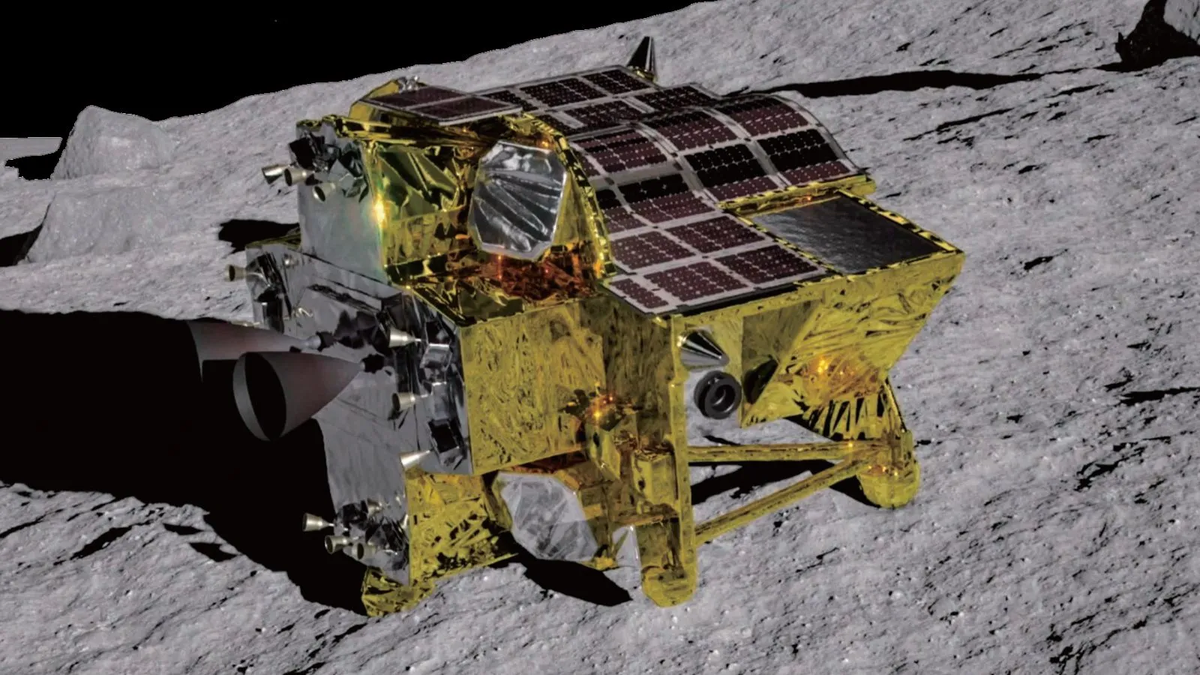Japan’s upcoming lunar landing attempt in January with the Smart Lander for Investigating Moon (SLIM) holds significant implications for India’s Chandrayaan 4 mission, slated for launch in 2026. While both missions aim to explore the lunar surface, their distinct characteristics create a fascinating interplay.
SLIM’s primary objective is to achieve a pinpoint landing with an unprecedented accuracy of less than 100 meters. This “Moon Sniper” technology, as it’s dubbed, will involve utilizing advanced navigation systems and feature-matching algorithms. If successful, SLIM’s landing data and experience could prove invaluable for Chandrayaan 4, which intends to land near the moon’s south pole – a notoriously challenging terrain riddled with craters and steep slopes.
Chandrayaan 4 itself is planned as a joint Indian-Japanese venture, with JAXA providing the launch vehicle and lunar rover, while ISRO builds the lander. The success of SLIM’s precision landing technology could translate into improved landing capabilities for the Chandrayaan 4 lander, increasing its chances of a successful touchdown on the south pole.
Furthermore, data gathered by SLIM’s instruments on the lunar surface could benefit Chandrayaan 4’s scientific objectives. These instruments will analyze the lunar soil composition, measure radiation levels, and study the interaction of solar wind with the lunar surface. Such information could aid in planning Chandrayaan 4’s scientific experiments and enhancing its overall mission goals.
Beyond specific technological advancements, Japan’s moon-landing attempt also signifies a wider collaboration between the two spacefaring nations. Successful cooperation on SLIM paves the way for further joint ventures in lunar exploration, potentially leading to the development of more ambitious international missions in the future.
In conclusion, while Japan’s lunar landing attempt with SLIM stands as a significant achievement in itself, its potential impact on India’s Chandrayaan 4 mission adds another layer of excitement and anticipation. The technological advancements and data gathered by SLIM could pave the way for a successful Chandrayaan 4 landing, opening up new avenues for exploration and collaboration in the future of lunar research.
